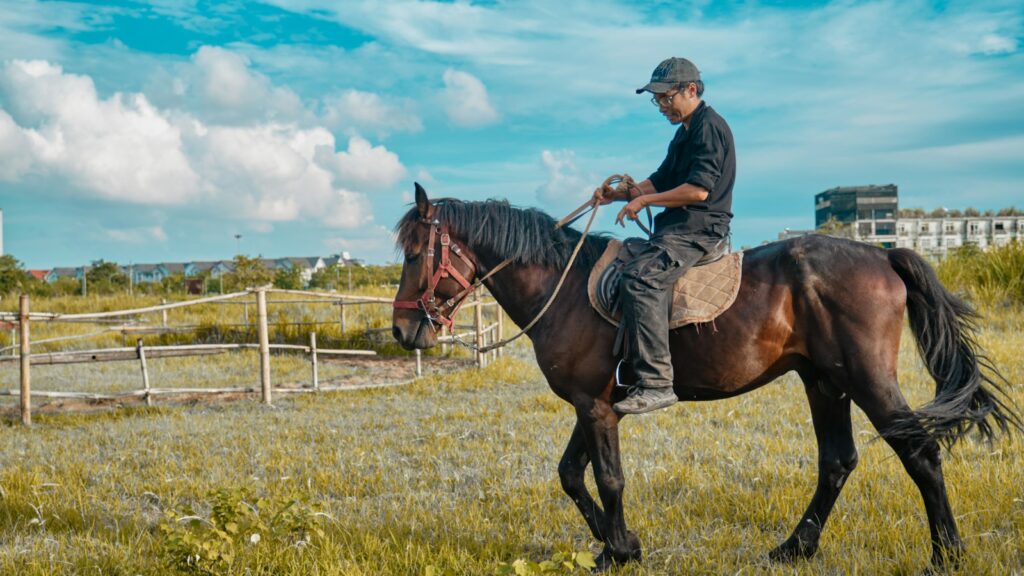For many horse owners, watching their equine companion freeze, balk, or panic when faced with a narrow trail, confined trailer, or swinging gate is a familiar and frustrating experience. These reactions aren’t just inconvenient—they can be dangerous for both horse and handler. Training your horse to confidently navigate tight spaces and gates is an essential skill that improves safety, enhances trail riding experiences, and makes daily handling significantly easier. The good news is that with patience, consistency, and the right approach, most horses can overcome spatial anxieties and learn to trust their handlers in confined situations. This comprehensive guide will walk you through the process of transforming your nervous horse into a confident partner who handles tight spaces and gates with ease.
Understanding Your Horse’s Natural Instincts
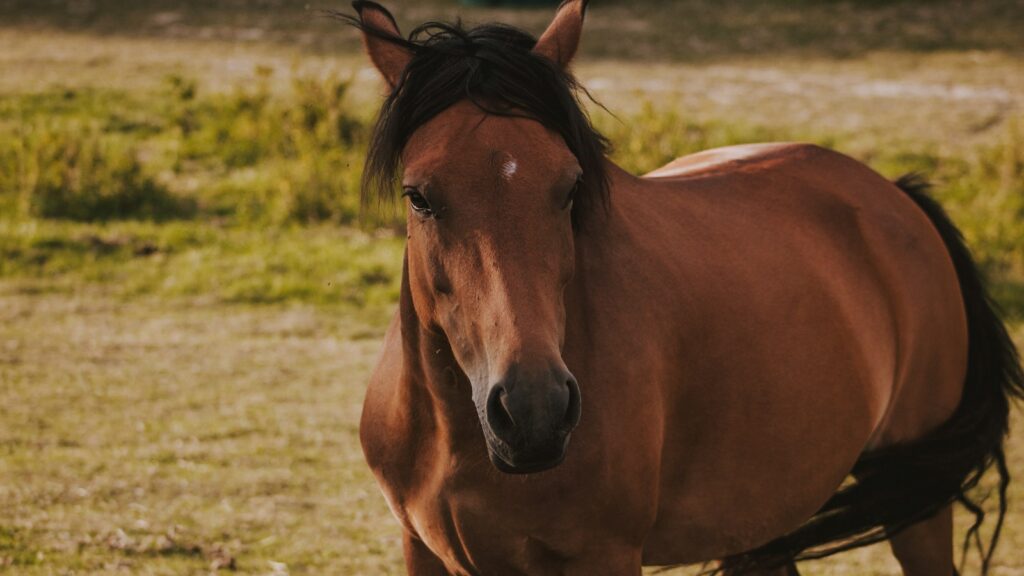
Horses are prey animals that evolved in open plains where their primary defense mechanism was flight. When a horse encounters a narrow space or gate, its instinctual response is often fear or hesitation because tight areas limit escape options. This reaction isn’t stubbornness or disobedience—it’s a deeply ingrained survival instinct. Many horses particularly struggle with gates because they combine multiple frightening elements: movement, noise, and confinement. Understanding that your horse isn’t being deliberately difficult but is responding to genuine concerns about safety is the first step toward effective training. This perspective shift allows you to approach training with empathy rather than frustration, building a foundation of trust that’s essential for success. Recognizing these natural instincts helps you plan appropriate training exercises that gradually build confidence rather than triggering panic responses.
Assessing Your Horse’s Current Comfort Level
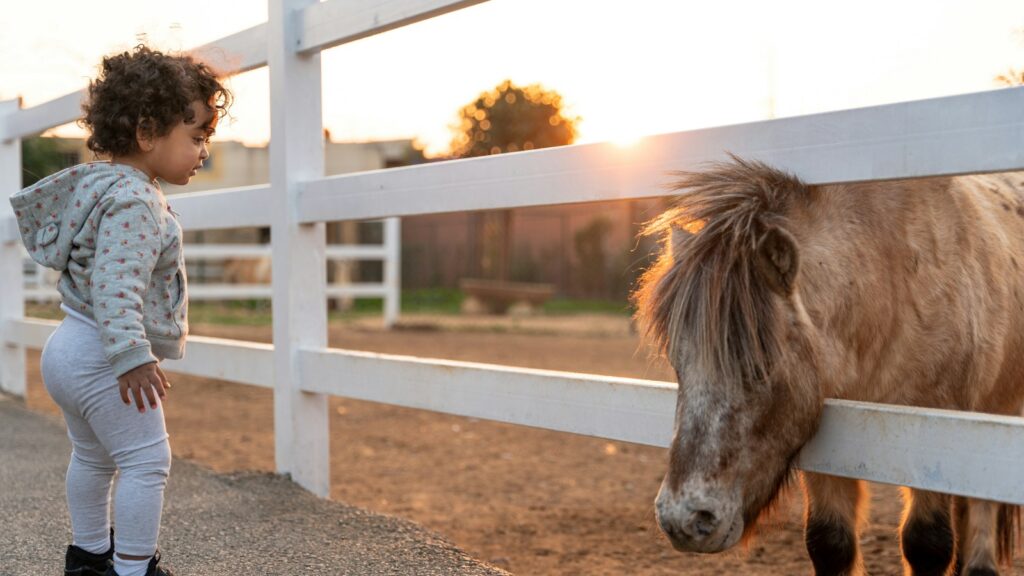
Before beginning any training program, honestly evaluate your horse’s existing relationship with confined spaces. Some horses may be mildly hesitant, while others might exhibit extreme anxiety or dangerous behaviors like rearing, bolting, or striking. Observe your horse’s body language around different types of spaces—do they show tension through raised head, wide eyes, flared nostrils, tight muscles, or excessive sweating? Note which specific situations trigger the strongest reactions, such as particular gates, trailers, or narrow pathways. This assessment helps establish a baseline and identifies which aspects of training need the most attention. Understanding exactly where your horse’s comfort zone ends allows you to plan exercises that begin just inside that zone and gradually expand outward. Remember that horses may react differently depending on their energy level, recent experiences, or even the weather, so maintain awareness of changing conditions throughout training.
Establishing Groundwork Fundamentals

Successful space training builds upon a foundation of solid groundwork and responsiveness. Before tackling tight spaces, ensure your horse consistently responds to basic cues like moving forward, stopping, backing up, and yielding to pressure. A horse that doesn’t respect your personal space or ignores halter pressure in open areas will struggle even more in confined situations where anxiety is heightened. Spend time refining your horse’s ground manners through exercises like sending forward, backing up, yielding hindquarters, and controlled leading at various speeds. These skills give you the communication tools needed to guide your horse through challenging spaces safely. Practice transitions between movements until they become smooth and relaxed, with your horse maintaining focus on you rather than external distractions. This foundation creates a language between you and your horse that remains effective even when anxiety increases in tight spaces.
Creating Controlled Training Environments
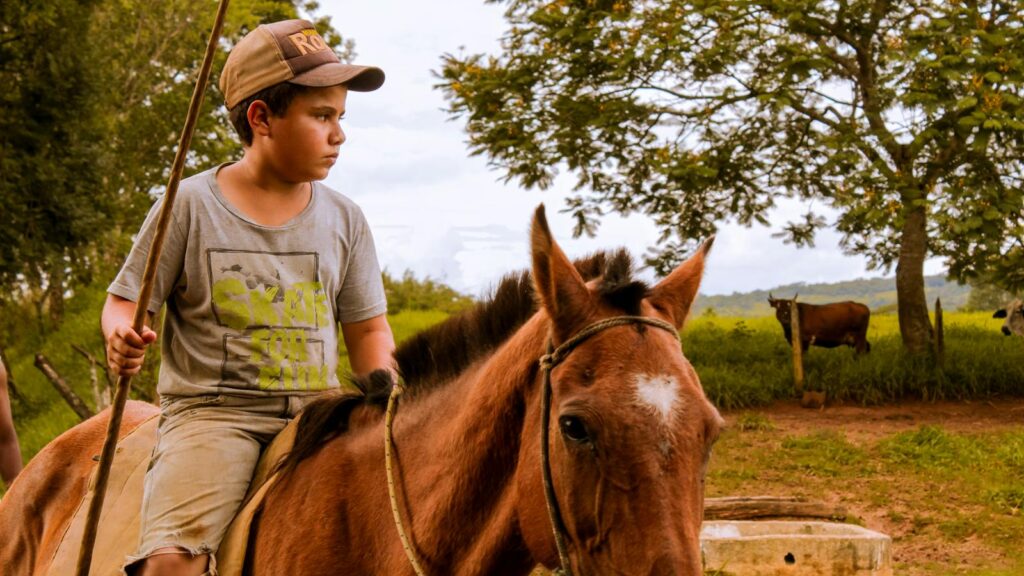
Setting up appropriate training scenarios is crucial for progressive success with spatial challenges. Begin by creating artificial narrow spaces in familiar, comfortable environments where your horse already feels secure. Use safe, visible boundaries like ground poles, barrels, traffic cones, or temporary fence panels arranged in progressively narrower formations. The ideal starting width should allow your horse to pass through without anxiety, then gradually narrow as confidence builds. Ensure all materials are secure and won’t cause injury if bumped or knocked over. Training environments should initially be quiet and free from distractions, allowing your horse to focus solely on the spatial challenge. As skills improve, gradually introduce typical real-world elements like different ground surfaces, environmental noises, or moving objects to build resilience. Having a consistent training area allows your horse to develop confidence through repetition before facing similar challenges in less controlled settings.
Implementing Desensitization Techniques
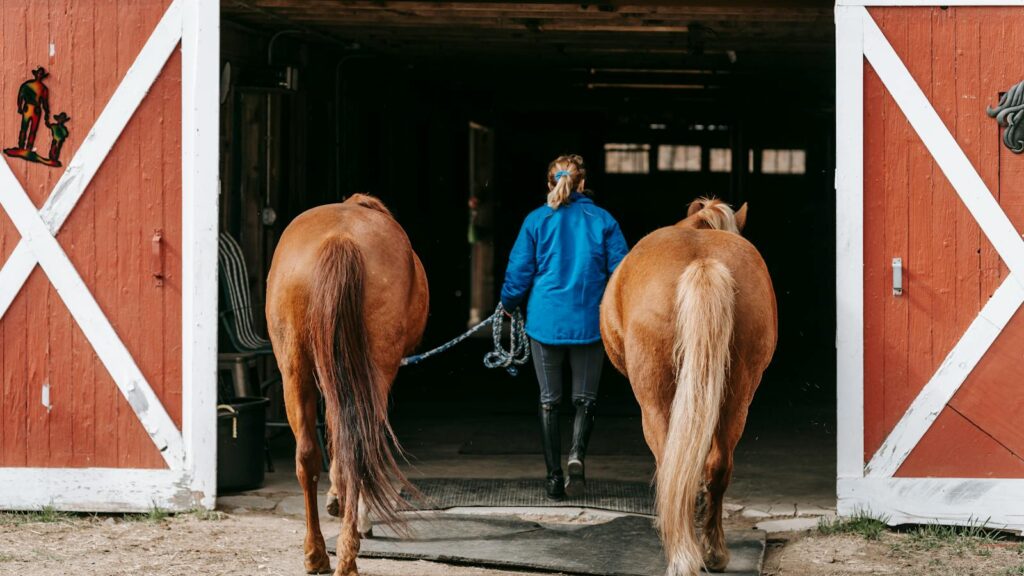
Systematic desensitization is a powerful approach for helping horses overcome spatial anxieties. This method involves exposing your horse to a minimal version of the fear trigger, one that doesn’t provoke a strong reaction, then gradually increasing intensity as tolerance builds. For gate training, start by simply standing near a stationary gate without requiring the horse to pass through, rewarding calm behavior. Slowly progress to touching the gate, moving it slightly, then eventually walking through together. For tight spaces, begin with wide openings and incrementally decrease width as confidence grows. The key is maintaining a relaxed response at each step before progressing—pushing too quickly reinforces anxiety rather than confidence. Use approach and retreat techniques, briefly exposing your horse to the challenging situation, then immediately returning to a comfort zone as a reward. This systematic method builds positive associations gradually without overwhelming your horse’s coping mechanisms.
Utilizing Positive Reinforcement Strategies
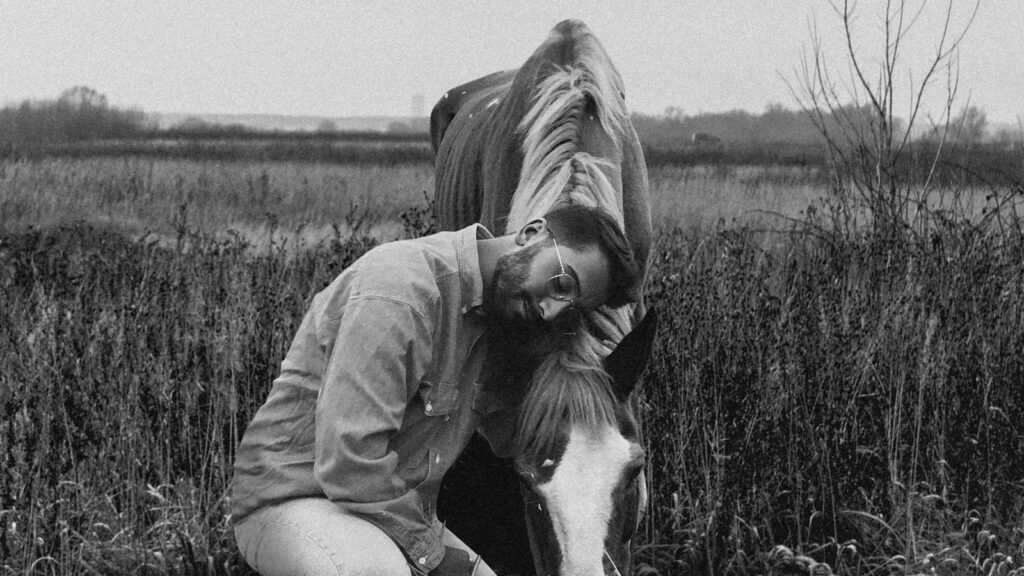
Positive reinforcement creates powerful learning opportunities for horses facing spatial challenges. When your horse shows even small steps of progress—perhaps just approaching a narrow space calmly or standing quietly near a gate—immediately reward with something they value, such as a treat, scratch in a favorite spot, or brief rest. This reward system creates positive associations with previously frightening situations and motivates continued effort. Timing is critical—the reward must come within seconds of the desired behavior to create a clear connection in the horse’s mind. For many horses, food rewards prove especially effective during this training, though always delivered safely from an open palm. Create a consistent marker signal, like a clicker or specific word, that precisely identifies the moment of correct behavior before delivering the reward. This positive approach builds enthusiasm for training sessions and helps override the horse’s natural anxiety response with anticipation of something pleasant.
Leading Through Narrow Passages Effectively
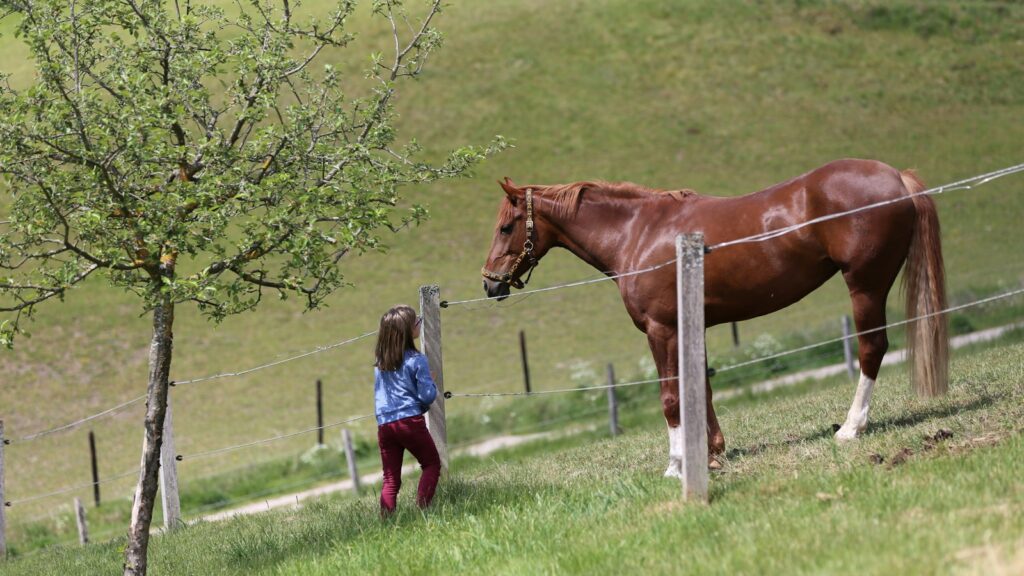
Developing proper leading techniques specifically for confined spaces significantly improves success rates and safety. Position yourself slightly ahead of your horse’s shoulder when approaching narrow areas, never directly in front where you could be crushed if the horse rushes forward. Maintain steady, confident forward movement without hesitation, as your horse will mirror your confidence or uncertainty. Keep lead rope pressure consistent but not harsh—enough to provide guidance without triggering resistance. If your horse balks, avoid pulling directly against the resistance, which typically increases opposition, and instead try redirecting with small circles or lateral movements before approaching again. Use your body position to create a clear path, angling your shoulders in the direction you want the horse to travel. Maintain relaxed, deep breathing to help calm your horse, as they readily detect tension in handlers. Remember that your calm, assured leadership provides the security your horse needs to follow willingly through challenging spaces.
Teaching Gate-Specific Skills
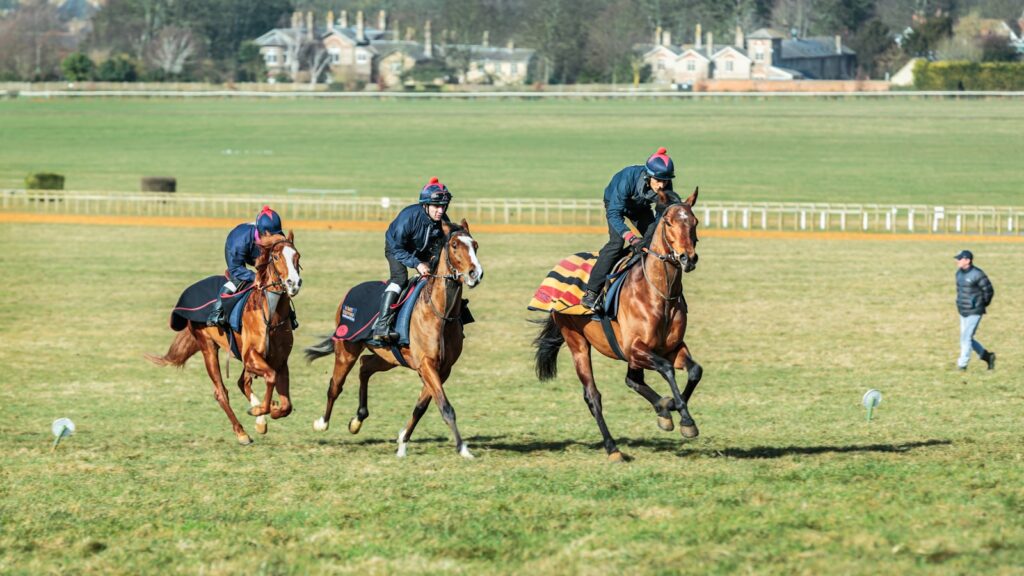
Gates present unique training challenges requiring specific skills beyond simple spatial navigation. Begin by practicing standstill patience near closed gates, rewarding your horse for remaining calmly in position while you manipulate the latch. Teach a “park” command that means stand quietly regardless of activity around the gate. Practice approaching, stopping, and positioning at various angles, as real-world gates often require specific alignment for passage. Once comfortable standing near gates, introduce movement by walking through already-open gates before progressing to gates you open while the horse waits. Teach your horse to move forward or backward precisely on request to adjust position during gate operations. For riders, develop clear cues for sidepassing toward gates for mounting, opening, and closing without dismounting. Eventually, practice both pushing and pulling gates while mounted, using one-handed rein control while the other hand manages the gate. These specialized skills make daily handling significantly more convenient and safer for both horse and handler.
Overcoming Trailer Loading Challenges
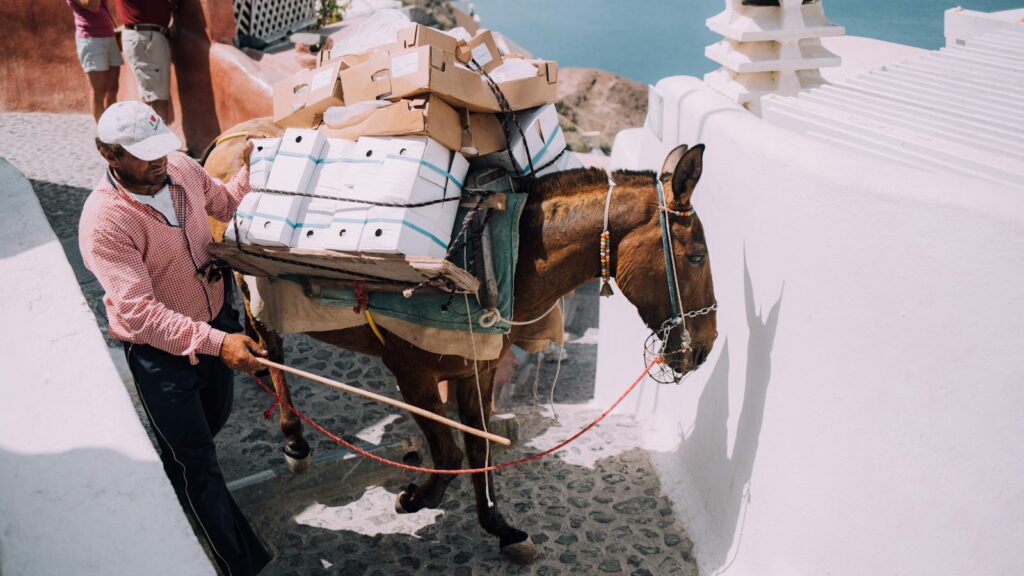
Horse trailers represent one of the most challenging confined spaces for many equines, combining movement, noise, darkness, and restricted exit options. Begin trailer training well before you actually need to transport your horse, removing the pressure of time constraints. Start with simply feeding meals near the trailer, gradually moving the feed closer until your horse willingly eats at the open trailer door. Practice groundwork exercises around and near the trailer before attempting loading, ensuring your horse remains responsive to your cues in this potentially stressful environment. Use a properly fitted halter and a long lead rope that allows you to maintain control without standing directly in front of the trailer opening. When ready for loading attempts, maintain steady, confident pressure rather than intermittent pulling, releasing immediately when the horse makes even small forward progress. Consider using a second handler with a long rope behind the horse to prevent backing out, creating a channel of pressure that makes forward movement the easiest option. Patience is paramount—successful trailer loading often requires multiple short sessions over several days or weeks rather than one marathon attempt.
Addressing Fear-Based Behaviors Safely
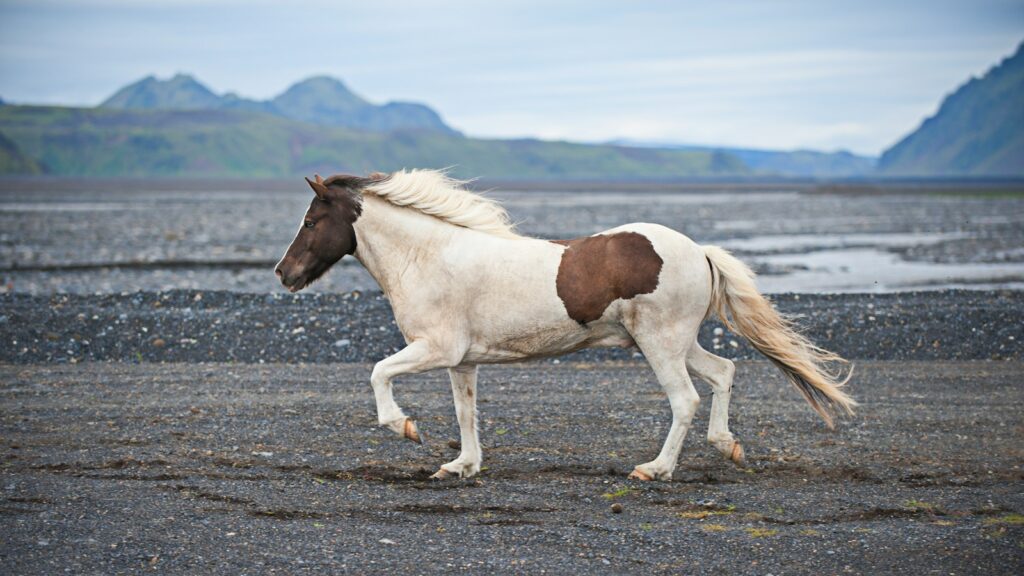
When horses encounter tight spaces, fear can manifest in potentially dangerous behaviors that require specific handling approaches. If your horse begins backing away rapidly, avoid pulling directly against this movement, which typically escalates resistance. Instead, redirect with small circles or lateral movement before approaching again from a slightly different angle. For horses that rush through narrow spaces, practice numerous transitions between walk, halt, and backup in open areas before attempting confined passages. When horses freeze completely, rhythmic tapping with a dressage whip behind your leg position can motivate forward movement without excessive pressure. For horses that strike forward with front legs or rear up, maintain a safe position at the shoulder rather than directly in front, and immediately create more space if possible. Working with helpers experienced in horse behavior can provide additional safety during intense moments. Remember that punishment rarely resolves fear-based behaviors and typically creates additional anxiety—focus instead on building alternative, calm responses through consistent training.
Progressing to Mounted Spatial Training

Once your horse demonstrates confidence with ground-based spatial challenges, transitioning to similar exercises while mounted adds another dimension of skill. Begin in open areas with excellent footing, riding through progressively narrower spaces created with safe, visible markers. Practice precise steering and stopping exercises that build your horse’s responsiveness to leg and rein aids. Approach obstacles at right angles initially before progressing to more challenging diagonal or curved approaches. Create mounted obstacle courses that include different types of tight spaces—between barrels, through narrow gates, between trees, or along narrow paths. Develop clear communication for adjusting your horse’s pace, as control of speed significantly impacts success in navigating confined areas. Work extensively on individual obstacle elements before linking multiple challenges together into complete courses. Enlist ground helpers initially if needed for particularly challenging passages, gradually transitioning to handling all elements independently. This mounted work translates directly to real-world applications like trail riding through dense forests or navigating facility gates while horseback.
Maintaining Progress Through Consistent Practice
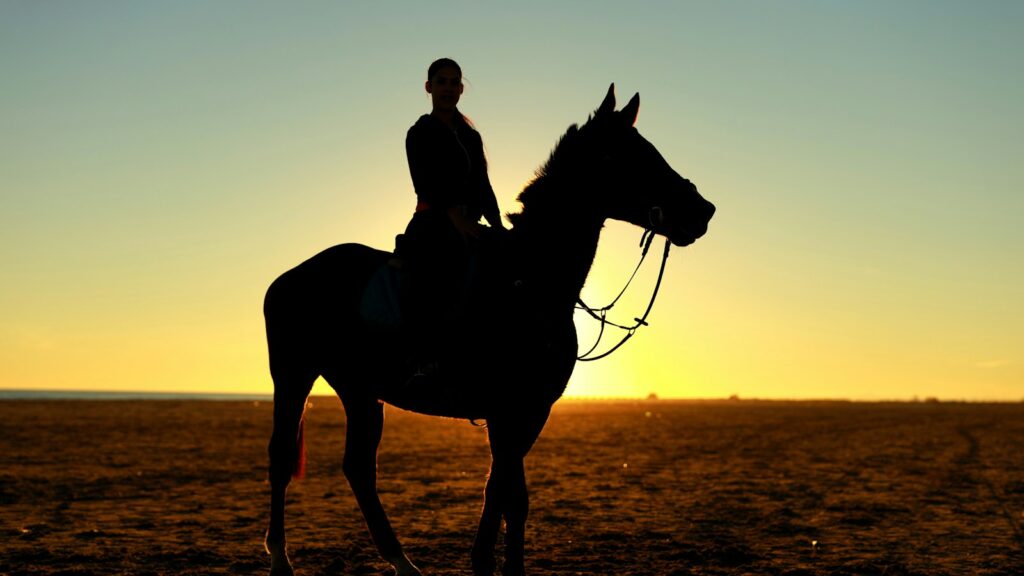
Skills related to tight spaces and gates require ongoing reinforcement to maintain confidence and prevent regression. Incorporate brief spatial challenges into regular handling routines rather than conducting occasional intensive training sessions. Each time you handle your horse, include at least one opportunity to navigate a gate or narrow area using proper technique. Gradually introduce your horse to a variety of different gates, doorways, and confined spaces, building flexibility and adaptability rather than comfort with only familiar examples. When traveling to new locations, allow extra time to practice spatial navigation in the new environment before expecting peak performance. If your horse shows regression after a break from training, return temporarily to earlier, easier exercises before attempting more challenging scenarios again. Document your horse’s progress with video recordings when possible, as subtle improvements can be difficult to perceive day-to-day but become evident when comparing footage over time. This consistent reinforcement transforms initially challenging skills into comfortable habits your horse performs confidently in any situation.
Troubleshooting Common Training Roadblocks
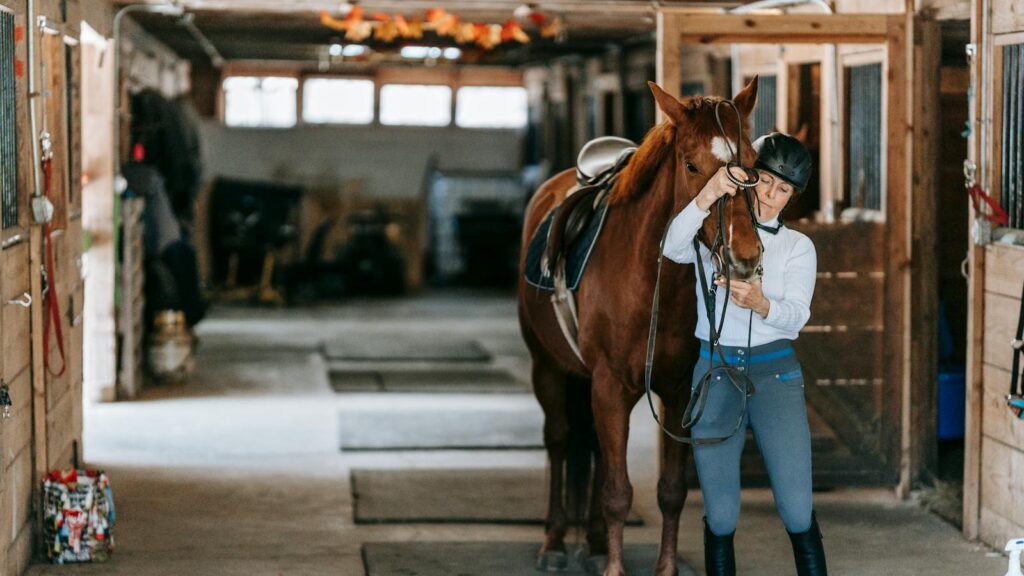
Even well-planned training programs encounter obstacles that require specific solutions to maintain progress. If your horse repeatedly refuses a particular space despite accepting similar challenges, investigate potential hidden factors—perhaps sun glare creates shadows that appear threatening, or ground conditions feel unstable. For horses that progress initially then plateau or regress, temporarily return to easier variations while introducing a new motivational element, such as a preferred equine companion who models the desired behavior. When specific gates consistently trigger anxiety, examine them for characteristics like squeaking hinges, visual movement patterns, or unusual textures that might be addressed directly. Horses that perform well at home but struggle away from familiar environments need gradual exposure to varied locations with progressively increasing challenge levels. For particularly difficult cases that don’t respond to standard approaches, consider alternate methods like target training with a handheld target the horse follows through spaces, or liberty work that builds general confidence before returning to specific spatial challenges. Remember that patience and creativity solve most training challenges, though professional assistance should be sought for persistent or dangerous behaviors.
Building Real-World Applications

The ultimate goal of spatial training is practical application in everyday situations that enhance safety and convenience. Once basic skills are established, create training scenarios that directly mimic real-world challenges your horse will encounter. Practice navigating actual trail obstacles like narrow bridges, rocky passages, or dense tree lines at gradually increasing difficulty levels. Work with a variety of gate types including chain closures, spring-loaded mechanisms, and different opening directions to develop versatility. For performance horses, set up practice scenarios specific to their discipline—for example, trail course obstacles for western horses or narrow jump combinations for hunter/jumpers. Conduct training during different weather conditions, times of day, and energy levels to ensure skills remain accessible regardless of circumstances. Gradually introduce environmental distractions like vehicles, flapping objects, or unfamiliar noises while maintaining spatial navigation skills. This real-world application transforms controlled training exercises into practical abilities that enhance every aspect of your partnership with your horse.
When to Seek Professional Assistance
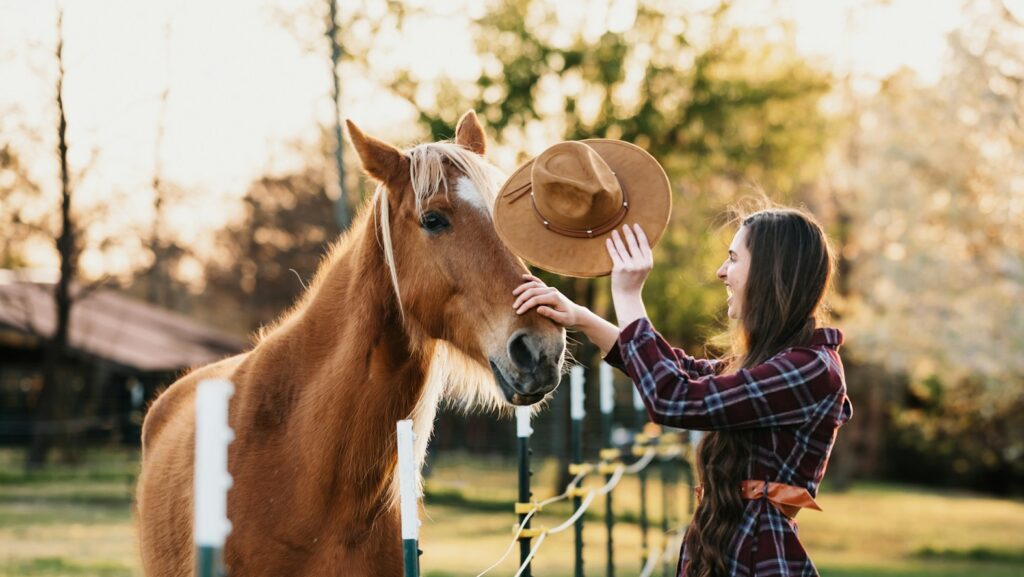
While many horses respond well to owner-implemented training programs, certain situations warrant professional intervention. Consider seeking expert help if your horse shows extreme fear responses that threaten safety, such as striking, rearing, or violent attempts to escape confined spaces. Professional trainers bring valuable perspective when progress stalls completely despite consistent efforts over several weeks. Specialized trainers may offer targeted approaches for specific challenges like trailer loading or crossing water obstacles that aren’t improving with standard methods. Some horses with traumatic histories related to confined spaces benefit from professional rehabilitation that addresses underlying emotional responses. When evaluating potential trainers, look for those experienced specifically with spatial anxieties rather than general training, and observe their methods with other horses before committing. The ideal professional provides both direct training and owner education, ensuring you can maintain and build upon progress after formal sessions conclude. Remember that seeking assistance isn’t failure but rather a commitment to finding the most effective path forward for your horse’s development.
conlusion
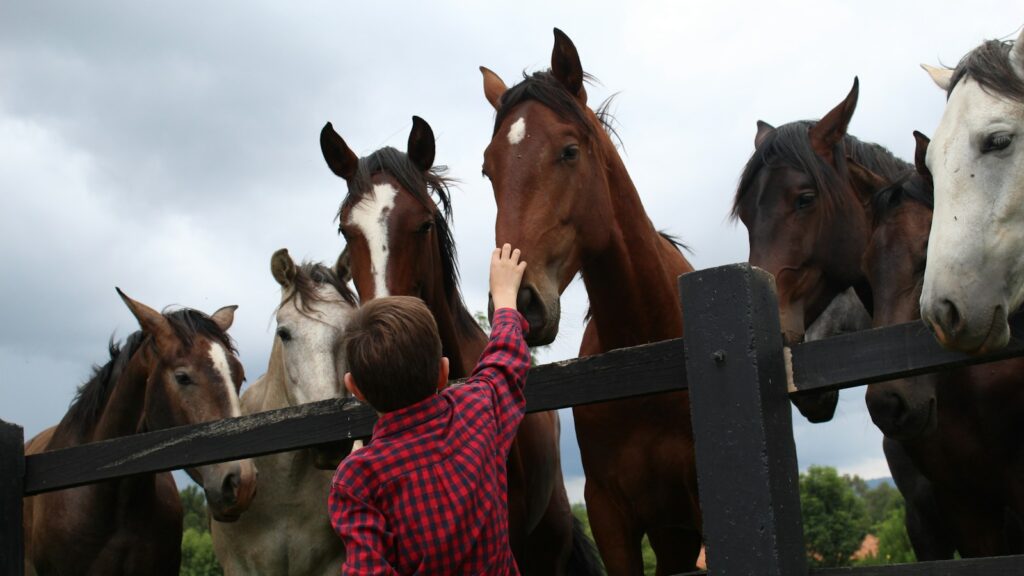
Training your horse to handle tight spaces and gates transforms potentially stressful daily interactions into smooth, confident experiences. Through understanding equine instincts, building progressive training programs, and maintaining consistent reinforcement, most horses can overcome spatial anxieties and develop reliable skills that enhance safety and enjoyment. The patience and empathy you demonstrate throughout this training process strengthens your partnership while providing your horse with valuable coping strategies that extend beyond specific spatial challenges. Whether you’re preparing for trail adventures, competition travel, or simply easier daily handling, these skills represent an essential investment in your horse’s education. With time, the nervous horse that once balked at narrow paths or swinging gates can become the confident partner who handles spatial challenges with calm assurance.

